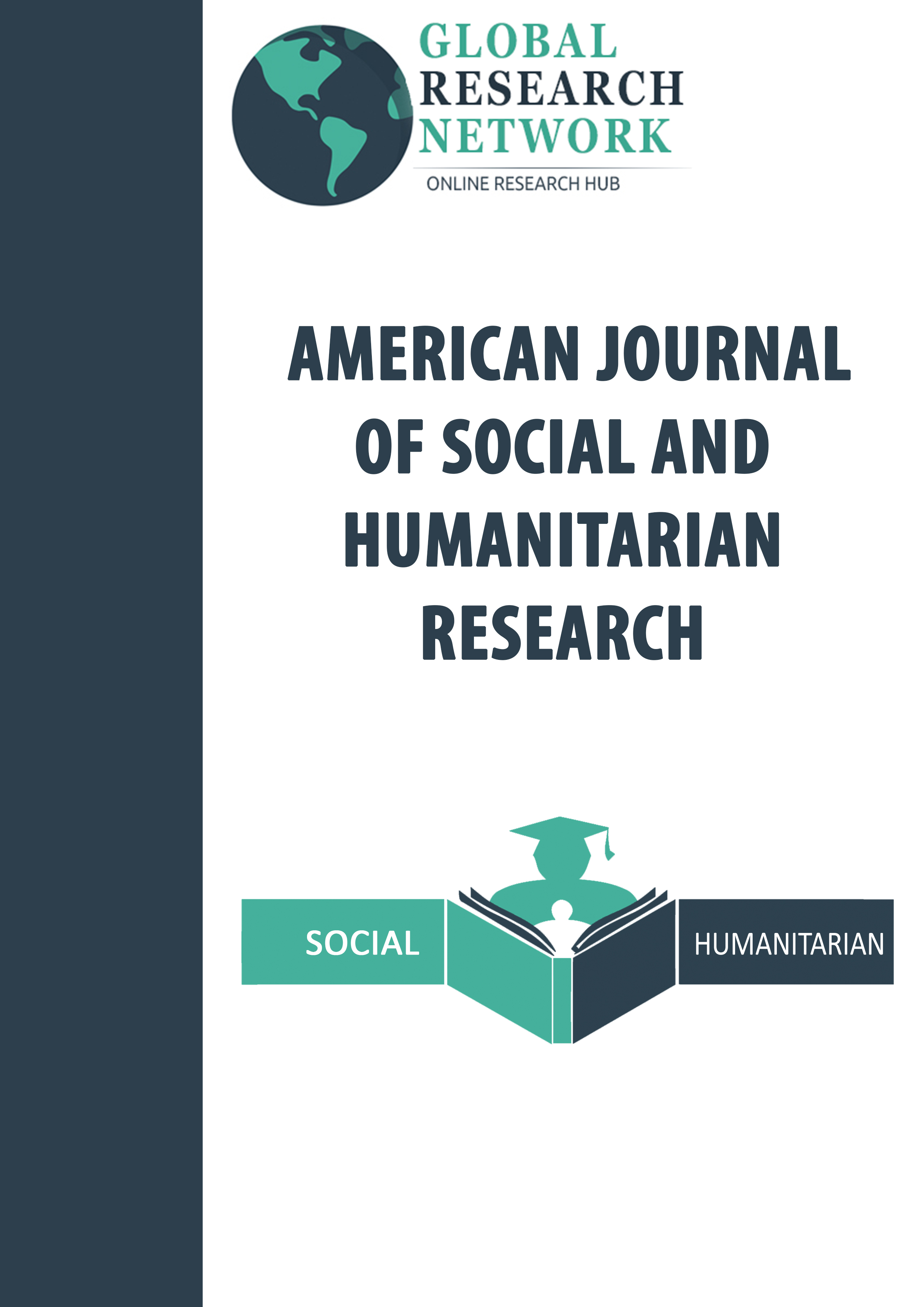HUMAN TRAFFICKING: PROTOCOL TO ITS PREVENTION
Abstract
Trafficking is defined as a trade in something that should not be traded in for various social, economic or political reasons. Thus we have terms like drug trafficking, arms trafficking and human trafficking. The concept of human trafficking refers to the criminal practice of exploiting human beings by treating them like commodities for profit. Even after being trafficked victims are subjected to long-term exploitation. Trafficking both for commercial sexual exploitation and for non-sex based exploitation is a transnational and complex challenge as it is an organized criminal activity, an extreme form of human rights violation and an issue of economic empowerment and social justice. The trafficking of women and children causes untold miseries as it violates the rights and dignity of the individual in several ways. It violates the individual's rights to life, dignity, security, privacy, health, education and redressal of grievances.
References
UNDOC on Human Trafficking and Migrant Smuggling, UN Office on Drugs and Crime, 2011,March 22.
Human Trafficking. Human Misery: The Global Trade in Human Beings, By Alexis A. Aronowitz, Preager, 2009.
Women and Child Trafficking in India: A Human rights Perspective. By Rekha Roy, Akansha Publishing House, 2010.
Human Trafficking in India, By Jaffer Latief Najar, http://www. researchgate.net, 2014
Trafficking in women and Children in India: nature dimensions and strategies for prevention, By Biswajit Ghosh, in International Journal of Human Rights, December,2009.









